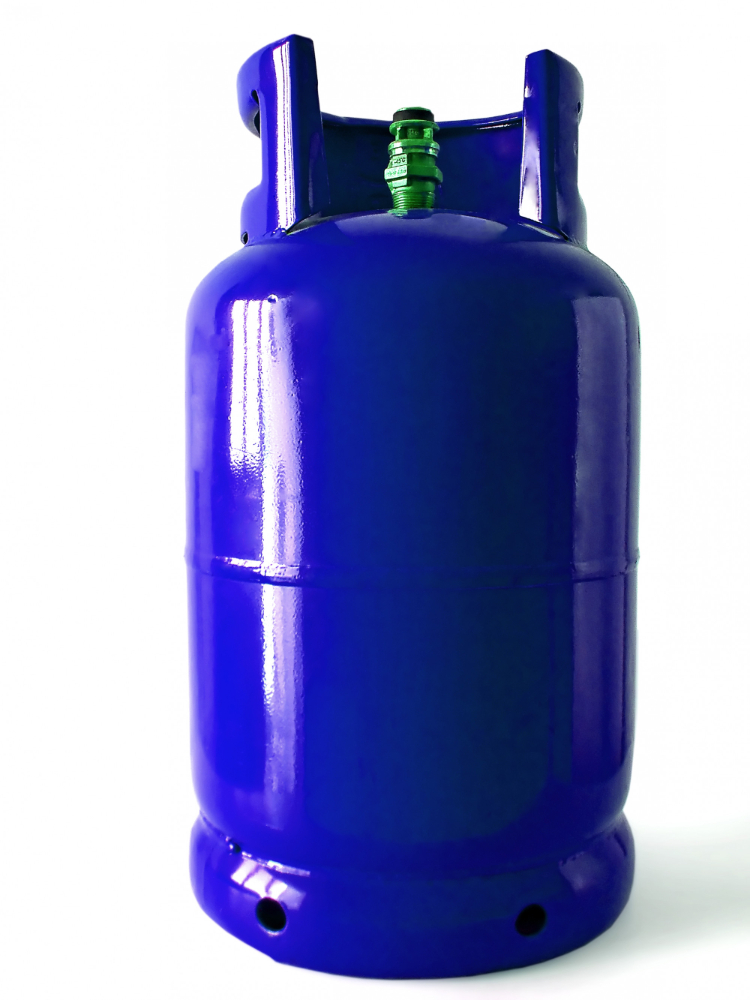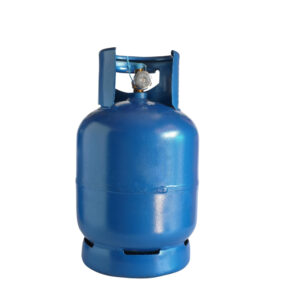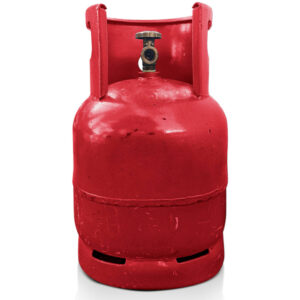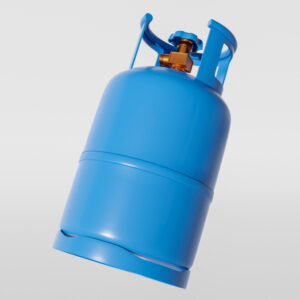Description
Properties of Nitrogen Gas:
Like any other state of matter exhibits both physical and chemical properties, Nitrogen gas also tends to exhibit the same. Therefore, the atomic weight of Nitrogen is 7, while its atomic weight is 14.0067. The melting and the boiling point of Nitrogen gas are −209.86 °C (−345.8 °F) and 195.8 °C (−320.4 °F), respectively.
The density of the gas is 1.2506 grams/liter. In addition to this, the most significant part of nitrogen gas is that the triple bond between the atoms of the gaseous molecule is so strong that it does not allow any other molecule to enter their combinations.
Uses of Nitrogen Gas:
- Since nitrogen gas is a noble or an inert gas, we can use it to diminish or minimize the oxidation of various materials. More abundantly, we use it for the production of ammonia, which we use as a fertilizer, explosive, or various other materials.
- Not just that, we all have heard about liquid Nitrogen. Liquid Nitrogen is an excellent refrigerant that freezes things to relatively low temperatures. Thus, hospitals use it to preserve blood. Also, we use it as a coolant for large computer systems.
- We use it as a disinfectant for household purposes. Commercially, the plastic industry uses it as a feed supplement for livestock. Therefore, being abundant in the Earth’s atmosphere, it is equally essential for the sustainability of the environment.
Direction of use:
For the safe use of nitrogen, ensure proper ventilation in the workspace due to its inert nature. Connect the nitrogen cylinder to equipment requiring an inert atmosphere or as a pressure source. Handle with care to prevent leaks and avoid exposing it to open flames or ignition sources, as nitrogen is non-combustible.





Reviews
There are no reviews yet.